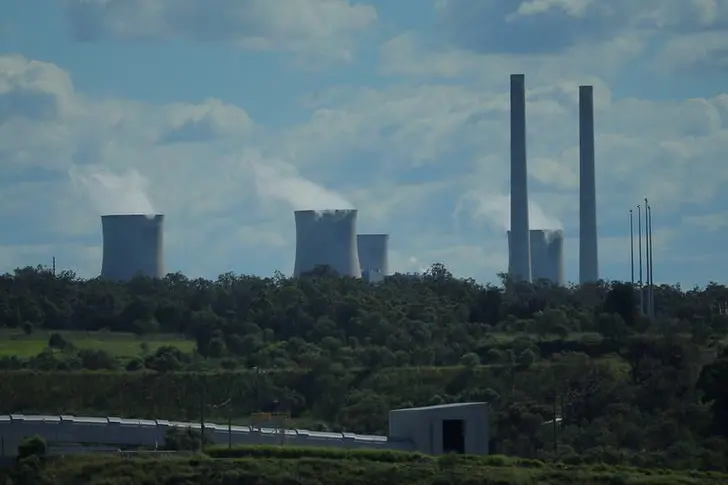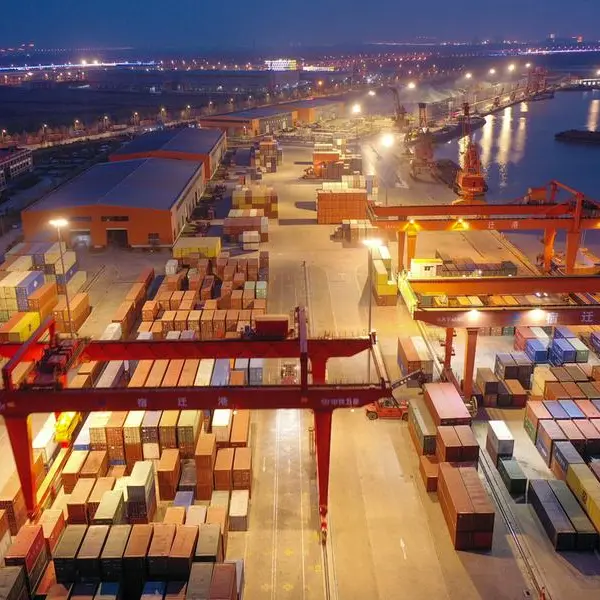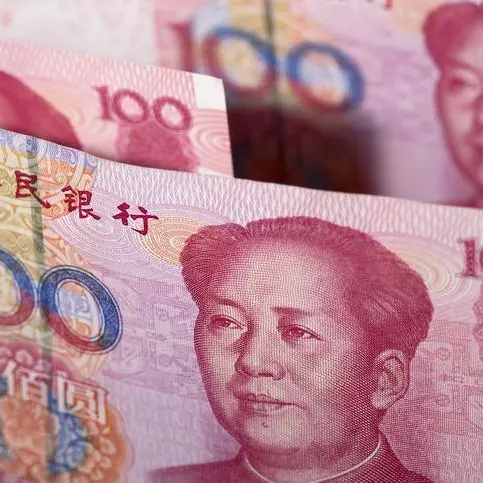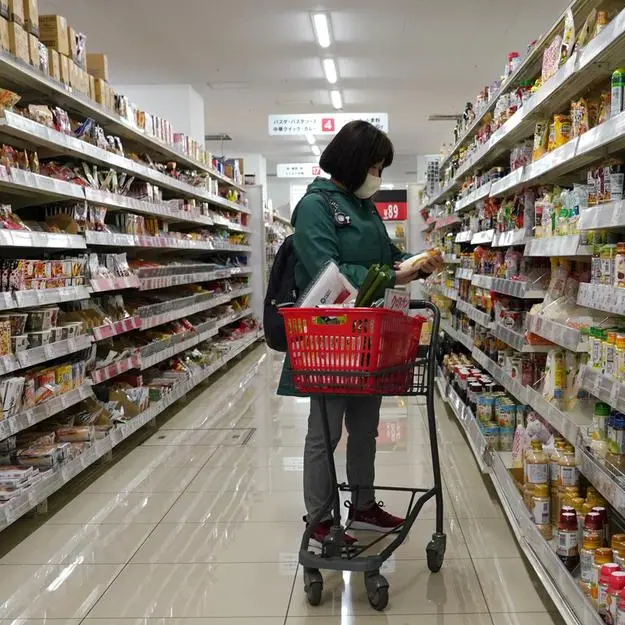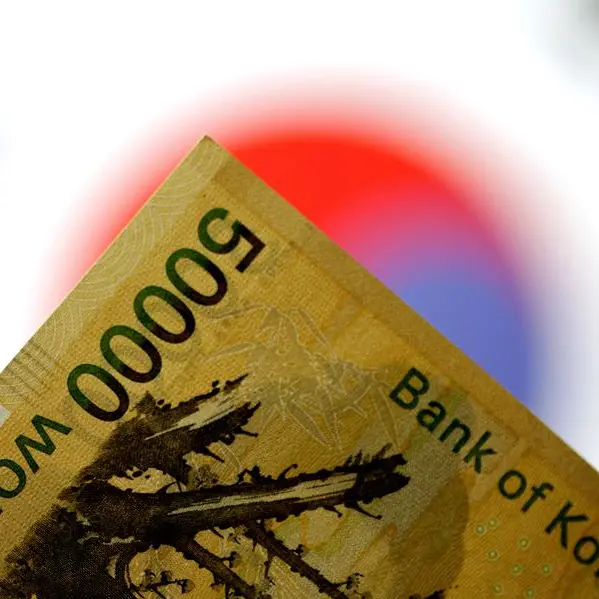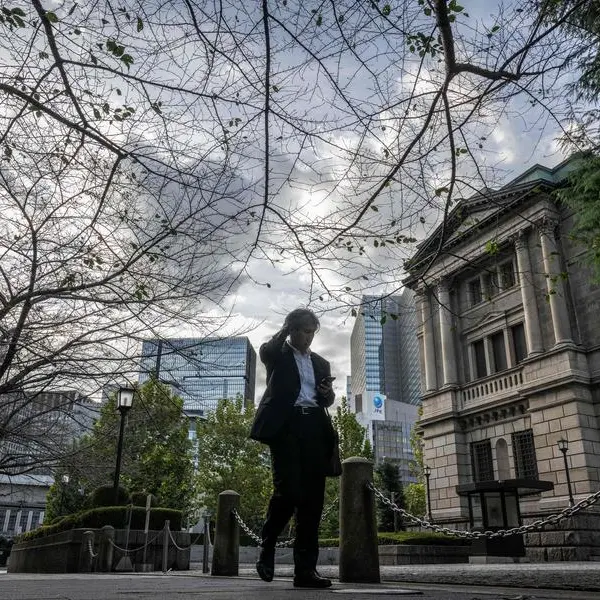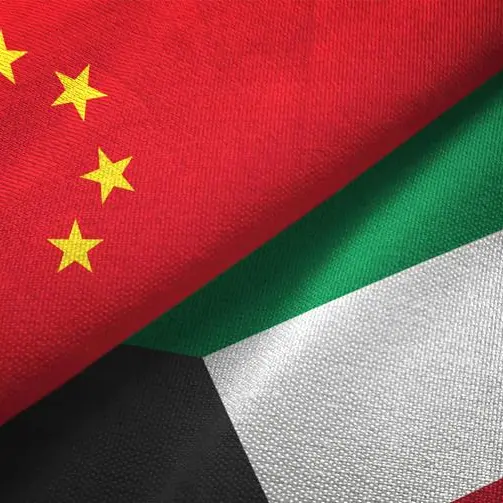PHOTO
Australia runs the risk of insufficient grid capacity by the middle of next decade as coal-fired power plants get retired earlier and replacement falls behind, the energy market operator said on Friday.
In a plan to promote clean energy, the Labor government has pledged to invest A$20 billion ($13.40 billion) to modernise the national grid, targeting a cut of 43% in carbon emissions by 2030, and net zero emissions by 2050.
In a report, the Australian Energy Market Operator (AEMO) called for urgent investment to replace coal, as about 90% of power generation using the fuel was likely to be retired by 2034.
Plants would become less reliable, tougher to maintain and less competitive than renewable supply, it added.
"The possibility that replacement generation is not available when coal plants retire is real and growing, and a risk that must be avoided," the operator said.
"The sooner firmed renewables are connected, the more secure the energy transition will be."
The reference was to usually intermittent weather-dependent sources, such as solar and wind, that are considered to have been "firmed" when backed up by stable sources, such as energy storage or gas-fired plants.
The report warned that uncertainty on investment decisions, rising costs and social licence concerns were hobbling progress on projects, however.
Hundreds of Australian farmers are refusing to let high-voltage overhead power lines cross their land, which threatens plans to boost renewable generation and cut emissions.
Renewables made up almost 40% of the total energy delivered through the National Electricity Market in the first half of 2023. The government targets 82% of electricity to be supplied from renewable sources by 2030.
Energy Minister Chris Bowen said the government had the right policy and investment settings as AEMO's draft energy plan reiterated firmed renewable energy was "the cheapest way to ensure a reliable grid".
To avoid supply shortages, about 10,000 kms (6,200 miles) of new and upgraded transmission line is required, while capacity from dispatchable storage, hydro and gas-powered generation must quadruple to 74 GW by 2050, the operator said.
"(The report) highlights the sheer scale of the energy transition that needs to be delivered in a relatively short timeframe to meet government objectives," Sarah McNamara, chief executive of the Australian Energy Council, said in a statement. ($1=A$1.4923) (Reporting by Renju Jose in Sydney; Editing by Clarence Fernandez)
Reuters
